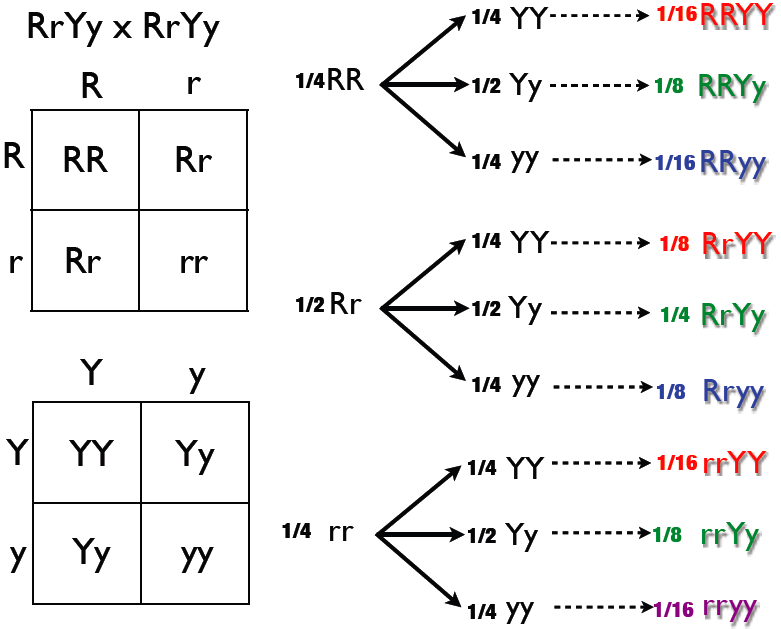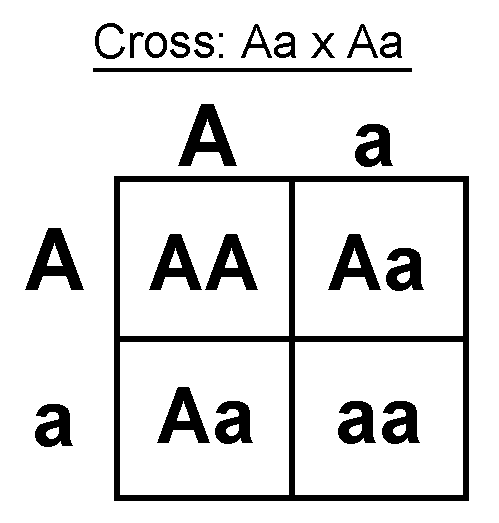Operon systems can either be inducible or repressible.
Repressible operon:

The repressor is originally inactive and the operon is on.
Protein is being synthesized in repressive operons. Tryptophan is created in
order for the repressor to be activate. RNA polymerase
reads DNA to create mRNA. Then RNA
processing occurs and through transcription it eventually becomes a protein.
Then the protein will become the co-repressor, thus activating the repressor to
stop the system.
Inducible Operon:

The repressor is initially active and the system is off
since RNA polymerase cannot access the gene getting blocked by the repressor. An
inducer is needed to inactivate the repressor and allow the system to run
again, in the pGLO lab that would be the arabinose. This would allow the RNA polymerase then go down the DNA and through
protein synthesis produce the protein. Such protein is an enzyme that eats up
the sugar. However, when all the sugar is gone, the repressor plugs back into
its original position and activates again, turning the operon system off.




